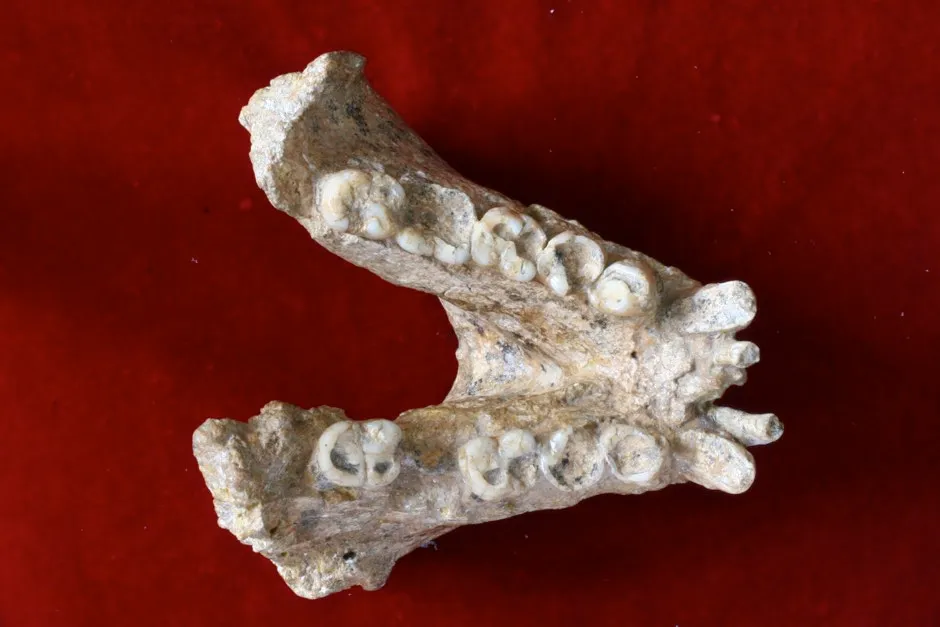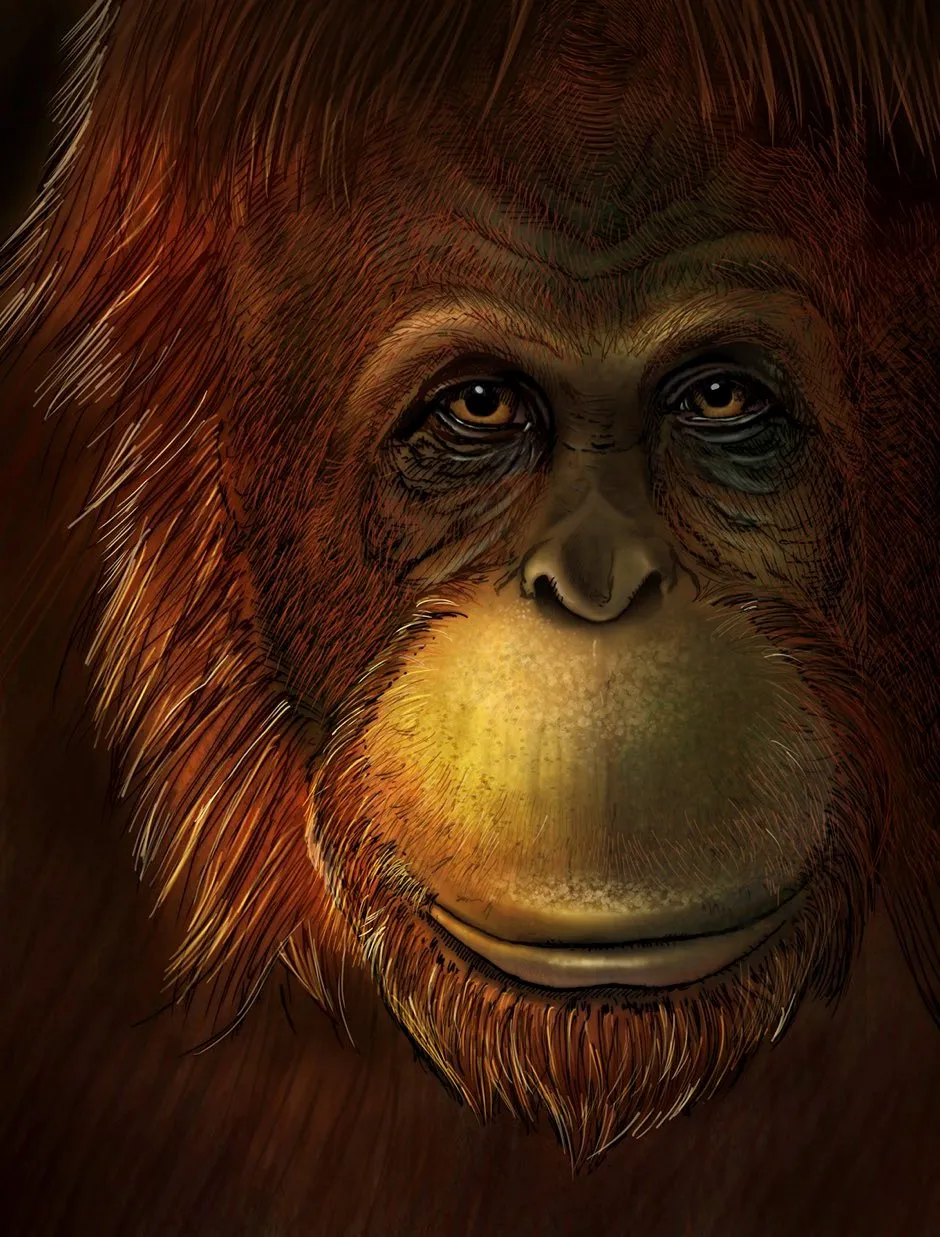Meet Gigantopithecus blacki, the three-metre-tall, 600 kg, 2 million-year-old ancestor of the modern-day orangutan.
The link was made by researchers at the University of Copenhagen’s Globe Institute using protein sequencing techniques on a clutch of Gigantopithecus fossils found in Southern China in 1935. As there are only a few lower jaws and teeth to go on, no complete skulls or other bones, there has been a lot of speculation about exactly what this mysterious animal would’ve looked like.
Protein sequencing allowed the researchers to paint a picture of what the Gigantopithecus, which became extinct around 300,000 years ago, may have looked like. That is how they were able to estimate its height and mass, as well as suggesting the dental enamel may have belonged to a female.

However, the latest discovery used cutting-edge mass spectrometry techniques to examine protein in the enamel in the fossilised teeth and extract genetic information about the ancient animal’s lineage.
The process involves breaking down proteins into peptides – which are short chains of amino acids – and analysing their masses to figure out their chemical composition.
Read more about primate evolution:
- Great apes probably smarter than early human Australopithecus species
- The Hominin Games: could we beat our ancestors at athletics?
- Aye-aye the first primate with a sixth finger
This technique was also recently used to extract genetic information from a 1.7-million-year-old rhino tooth.
The method has been hailed as a “game changer” by scientists as it is able to acquire genetic information – especially from fossils excavated from subtropical regions – that were previously unobtainable using DNA testing.

It is the first time that genetic material this old has been retrieved from a warm, humid environment.
“By sequencing proteins retrieved from dental enamel about 2 million years old, we showed it is possible to confidently reconstruct the evolutionary relationships of animal species that went extinct too far away in time for their DNA to survive till now.
"In this study, we can even conclude that the lineages of orangutan and Gigantopithecus split up about 12 million years ago,” said the Globe Institute’s Associate Professor Enrico Cappellini.
What was Gigantopithecus blacki?
From the Yeti to Hollywood’s King Kong, myths and stories have always surrounded gigantic apes. Gigantopithecus blacki, the largest ape that ever lived, stood 3m tall and weighed over 500kg. Its enormous bulk and brute strength kept Gigantopithecus safe from the predators it lived alongside – including tigers, leopards and black bears.
Despite its great size, the huge knuckle-walker was a herbivore, using its heavy and muscular jaws to chew the tough grasses found in the South East Asian forests where it lived. Still, you wouldn’t get between this great ape and its salad, would you?
The oldest human fossil remains with conserved DNA date back 400,000 years – leaving a void in evolutionary history.
The success of the new technique opens up new possibilities to extend the genetic reconstruction of the evolutionary relationships between humans and extinct ancestral species further back in time, at least up to 2 million years - covering a much larger portion of human evolution than previously possible.

“Primates are relatively close to humans, evolutionary speaking. With this study, we show that we can use protein sequencing to retrieve ancient genetic information from primates living in subtropical areas even when the fossil is 2 million years old. Until now, it has only been possible to retrieve genetic information from up to 10,000-year-old fossils in warm, humid areas,” said postdoctoral researcher at the Globe institute Frido Welker.
“This is interesting, because ancient remains of the supposed ancestors of our species, Homo sapiens, are also mainly found in subtropical areas, particularly for the early part of human evolution. This means that we can potentially retrieve similar information on the evolutionary line leading to humans.”